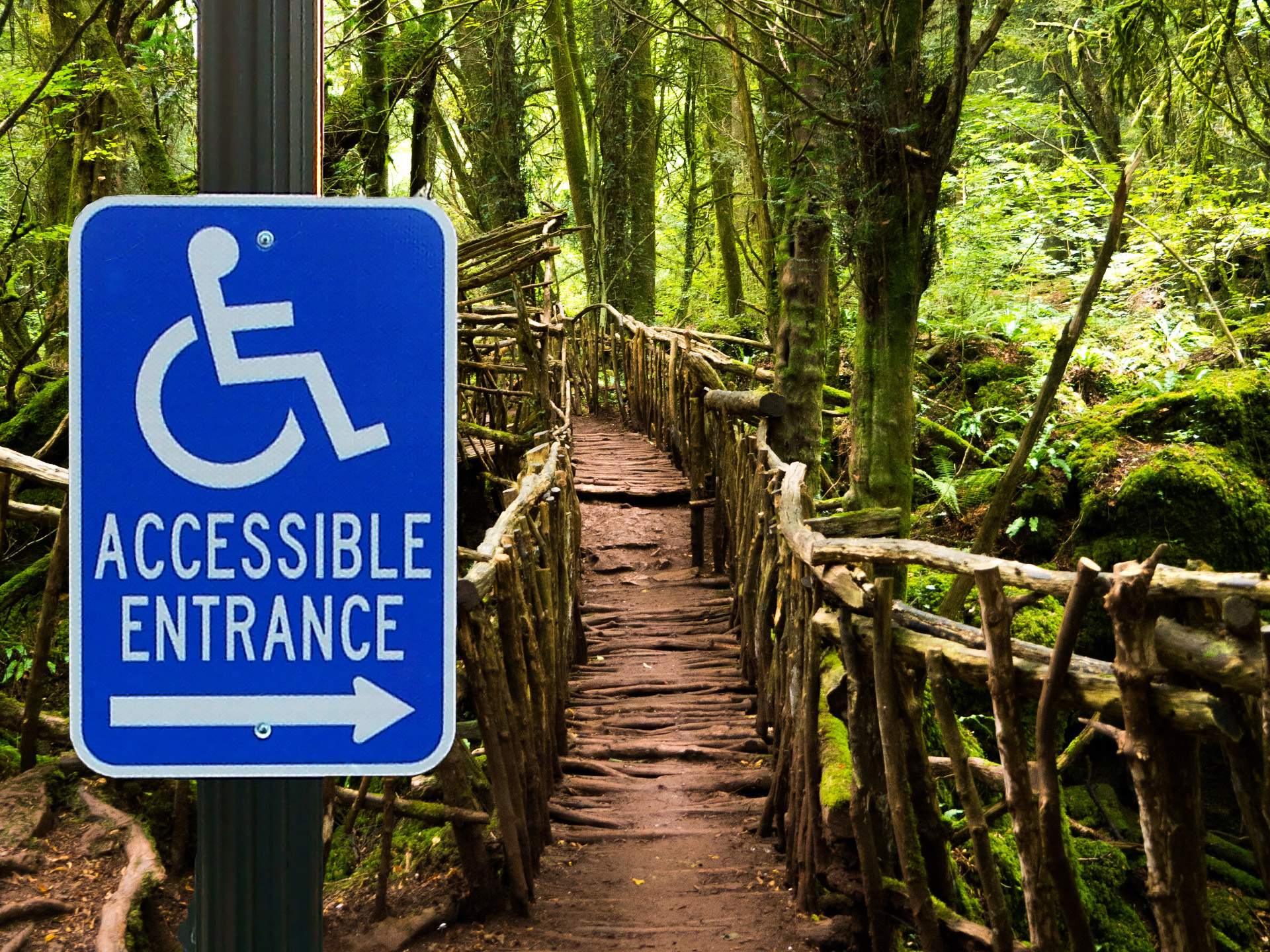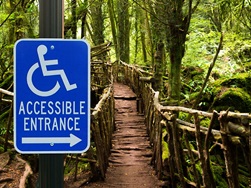Accessibility is a pain. I think for most developers, the word “accessibility” seems to be the stuff of nightmares. Sweat-inducing fever dreams of drowning in Accessible Rich Internet Applications (ARIA) tags, killer-robot screen readers, and blinding 4.5:1 colour contrast ratios come to mind. Yuck. Accessibility seems to be an obstacle to development rather than an intrinsic part of it.
As a designer, this frustrates me. I’m not just frustrated because it shouldn’t be this way (although it shouldn’t), or because it doesn’t result in a very good user experience (although it doesn’t) - but because I’m pretty embarrassed to feel the same way a lot of the time. Accessibility is a pain for me during design, just another constraint limiting my creative freedom and artistic expression and other silly artsy clichés.
However, my job is to make sure the end-user, no matter who can get what they need quickly and easily and that their lives are better for it. So why is it that designing and developing for 14% of the population (of Australia, anyway) who suffer a physical disability can be so frustrating when it’s such a significant portion of potential users?
There are obviously some more significant societal problems at the root of the issue, but a huge by-product of those problems is simply a lack of disability representation in our education. I graduated from university in 2017, majoring in Graphic Design and minoring in Internet Design — two courses where championing the end-user and effectively meeting their needs and improving their lives was a clear priority…
And not once in the three-and-a-half years of my attendance, throughout 24 semester-long units, did any tutor ever mention accessibility in design or development. I wasn’t aware that accessible web standards like Web Content Accessibility Guidelines (WCAG) even existed until I entered the workforce, and WCAG AA became a minimum requirement for Western Australian Government websites. How was I to graduate university as a trained professional, when my output would naturally be excluding 14% of the population?
The barrier to entry for accessible use of some interfaces is so high that even navigating the menu is impossible without the use of a mouse. The problem shouldn’t be phrased as “not including people with disability” during design and development, but rather “actively excluding people with disabilities”. Unless we make certain that our interfaces are accessible, it’s almost a certainty that they will be almost entirely inaccessible — there’s very little middle ground.
Now, I’m left playing catch-up and teaching myself these accessibility standards and techniques to ensure I’m designing and developing products that everyone can use, not just the able-bodied. It shouldn't be this way, but it is.
I enjoy it now, and I'm constantly learning new ways to improve the accessibility of what I output. But accessibility really needs to become a larger part of the conversation in tech and a foundational aspect of our training and education, if we're ever going to progress to a point where it's no longer an issue.
Accessibility shouldn't be a pain. It shouldn't even be a thought. It should be an intrinsic part of how we build things. We're not there yet, but I hope we get close soon.

